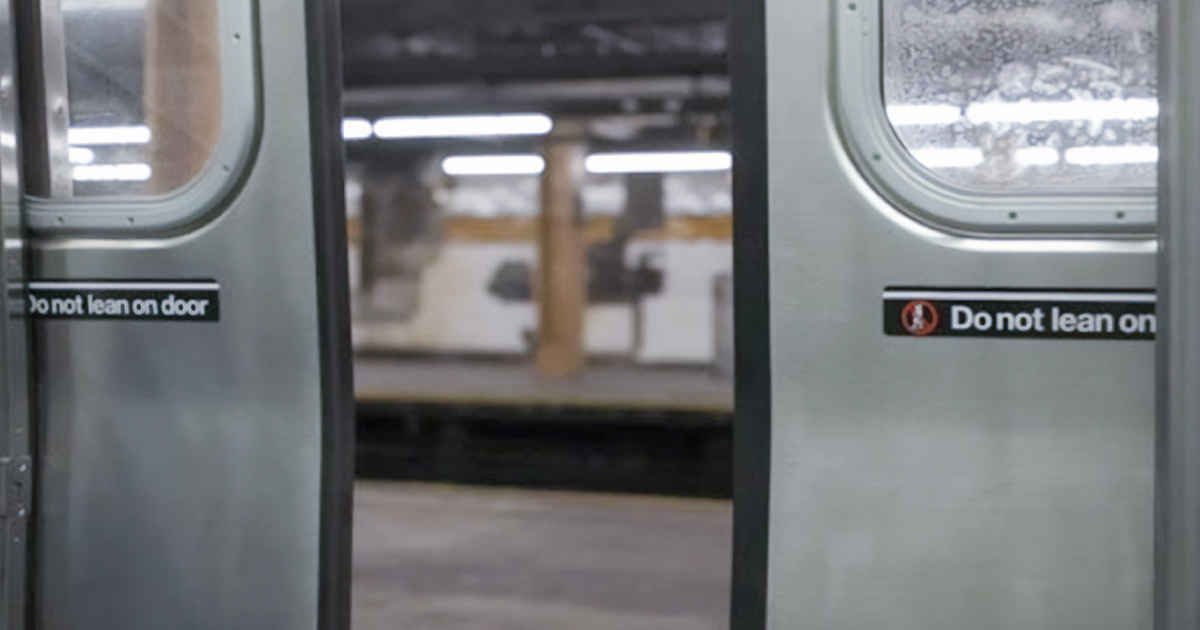How Rail Car Doors and Lead Screws Keep Commuters Safe

Rail car door systems are historically one of the most complex, inconsistently performing, and potentially hazardous components in rail transit systems worldwide. Yet safety is of utmost importance when human lives are at stake in accidents that may result in injury or death. Key system design considerations affecting rail car door operation include:
- Safety
- Performance/reliability
- Environmental/climatic considerations
- Equipment availability
- Functionality
- Service life
- Deteriorated service conditions
- Maintenance/troubleshooting/repair
- Adjustment and component replacement requirements
- Replacement parts availability
The design and construction of lead-screw-driven rail car door systems need to prevent single-point, component-level malfunctions that create unsafe conditions. In addition, door systems require safety interlocks that prevent the train from developing traction if any doors are not fully closed, latched, mechanically locked, and isolated. Another critical requirement is that the door system operates safely over a wide range of operational, environmental/climatic, and varying rail conditions.
Incorrect opening of train doors is a huge safety problem that promotes using a high-lead back-driving screw to thwart injuries and death. Research conducted by the Transportation Research Board (TCRP Project J-6, Task 62, “Field Door Survey Project”) seven years ago identified train-door failures as the single most significant cause of rail transit service delay and disruption, bolsters this claim. Combining the above mentioned elements with sound engineering design practice and experience yields a safe, effective solution with profitable results.
Lead Screw Rail Car Door System
Right and left-hand individual lead screws (or a single twin-lead screw) with machined ends are connected through a flexible coupling and supported in simple or fixed-bearing mounts. Proper wet or dry lubricated lead screw(s) are critical for this type of application and are achieved with either PTFE dry Teflon coating, spray lube, or grease. The application drives lubrication intervals and requires a frequency that ensures a thin film covering lubricant on the screw. Vast arrays of lead screw nuts manufactured from standard polymers such as PEEK, Torlon®, Acetal, Polypropylene, Turcite®, and custom-engineered polymers that incorporate fillers like PTFE, PFPE, silicone, carbon fibers, graphite, glass fibers, and molybdenum disulfide provide great latitude in custom-engineered door rail system solutions.
These components employ off-the-shelf, readily available linear motion components. Both standard and custom flanges are threaded on lead screw nuts and securely pinned to prevent disengagement during service. A drive hanger containing linear bearings supported by a hardened and ground shaft is mounted to each door, and the lead screw nuts translate each.
Consistently performing mechanical components, including lead screw(s), nuts and flanges, bearing supports, linear bearings, and shafts, provide safety and cost-effective, time-proven door rail system designs.


